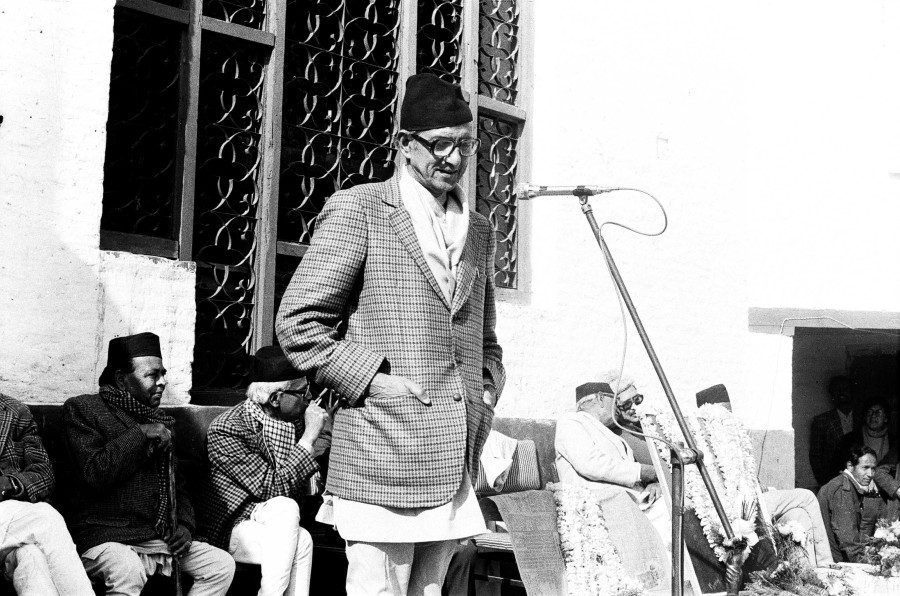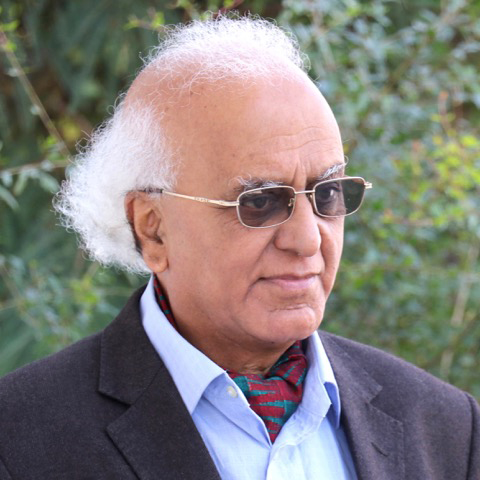Columns
Quest for models in politics and art
If we believe that politics only divides people, it may weaken our literary writing as well.
Abhi Subedi
Recent political developments have motivated me to write this essay. Before talking about the references to the quests of models in literature, arts and theatre, I want to begin with politics. Nepal has several claims of appropriate political models from different political parties. However, as a nation that has enshrined a federal democratic constitution, the quest for its substitution is more rhetorical than political. Yet, amendments to the document through a constitutional and democratic process are necessary.
In South Asia, the quest for models in politics came later compared to literature and arts. Regarding nomenclature, as the history and memory narratives reveal, South Asia was British India. Nepal was ‘Rana Nepal’ for much of the time, with the establishment of the family rule by Jang Bahadur Rana in 1846. British historian John Whelpton's book titled Kings, Soldiers and Priests: Nepalese Politics and the Rise of Jang Bahadur Rana (1991) shows how Nepali history entered a new phase with the rule of what the Nepali historians who bandy about the terms in English refer to as the 104 years of Rana ‘oligarchy’. The Ranas developed their own model of maintaining relationships with British rulers in India. This vast subject is both represented and misrepresented in the tomes written by native and foreign authors—mostly British—and constitutes a significant portion of history.
The quest for a political model in South Asia has a short history that began in earnest with the movement for freedom from British rule in the Indian subcontinent. The name of Mahatma Gandhi (1869–1948) and other leaders who followed a peaceful path to freedom, with some exceptions, are foregrounded in this quest for a ‘non-violent’ model. These features constitute the discourse of freedom struggle.
Notably, the Nepali quest for a political model owes to the historicity of South Asia. My boyhood memory brings the semiotics of the binary model of freedom versus autocracy in the clothes that my brother, who was a Gandhian, wore when he returned home to Terathum of eastern Nepal from India. He came with what they called a Gandhian cap, though Gandhi never wore one, a khadi jacket and other cotton apparel. I learned to match the ideology of freedom with simple clothes and a set of lexicons like freedom, equality, non-violence and resistance. Nepali political leaders, the freedom fighters of that time, had no fixed dress semiotics. BP Koirala, the leader of the Nepali Congress, did not use dress semiotics to accentuate his ideals of freedom and democracy—nor did his contemporaries and compatriots. They followed the political models that Gandhi and others popularised. The communists did not have any conspicuous dress semiotics either. A binary of freedom and autocracy still reverberates in modern Nepali politics.
What strikes me now is that even after the spell of violent revolutions and experiments with arms, Nepali politicians have become adherents of the idioms of peaceful democratic model and modus operandi. A certain hegemony postulated by these politicians through trials and tribulations has been the guiding principle of politics. This hegemony is evoked whenever the political parties encounter certain aberrant developments. The latest example is the violent and chaotic pro-monarchist events on March 28, 2025, at Tinkune, Kathmandu and the language of review used by all democratically committed Nepali political parties. The parties and individuals who seek to violate the hegemony are working hard to develop a unique political parlance.
The quest for models in modern literature is often interpreted as different from that practised in South Asian politics. I want to allude to the quests of models in literature and arts popular in the region. Criticism and academic texts discuss the rise of literary experimentalism in South Asia. The widely discussed western idioms are democracy, Marxism, socialism, romanticism, modernism and orientalism. The term orientalism comes from an educational and artistic experiment by EB Havell, an influential English arts administrator and art historian and Abanindranath Tagore, an Indian painter who played a leading role in modern Indian art, towards the end of the 19th century and the beginning of the 20th century in Calcutta. At the beginning of the nineteenth century, Chandra Shumsher Jang Bahadur Rana sent two young artists, Tej Bahadur Chitrakar and Chandra Man Singh Maskey, to the Calcutta Government School of Art. The graduates of the literature department have some vital studies in this area. What makes me hopeful is that the quest for the right models in politics and literature in Nepal, which began in the early twentieth century, has continued into the second decade of the twenty-first century.
The quest for the right models in politics is a dynamic process. We are all familiar with Nepal's changing models of political experiments. It is interesting to see the parallel developments taking place in the realms of literature, arts and politics. Sunil Pokharel's performance as Marx in Zinn Howard's play ‘Marx in Soho’, directed by Pravin Khatiwada and presented as ‘Marx Pharkie’ in Nepal on December 17, 2019, brought these developments metaphorically into one space.
I want to end by citing my article published in Kantipur ( November 27 , 2011). “We must discuss the nature of the relationship between the process of a literary writer's thinking and the very dynamic and experimental nature of politics. But our attitude towards one affects the process of the other. If we strongly believe that politics is a mechanism that only divides people we will find that it will weaken our power of literary writing as well. The best solution is to develop a belief that both literature and politics should promote the value of freedom to look at life. Only then can we see that the foundations of our cultural studies, our concerns about aesthetics, our philosophical perceptions are working meaningfully. Therein lies the test of our ability to develop a sense of proportion and our capacity to judge where we are using our ideas."
That is where our quests for models in politics and art converge.




 15.47°C Kathmandu
15.47°C Kathmandu















